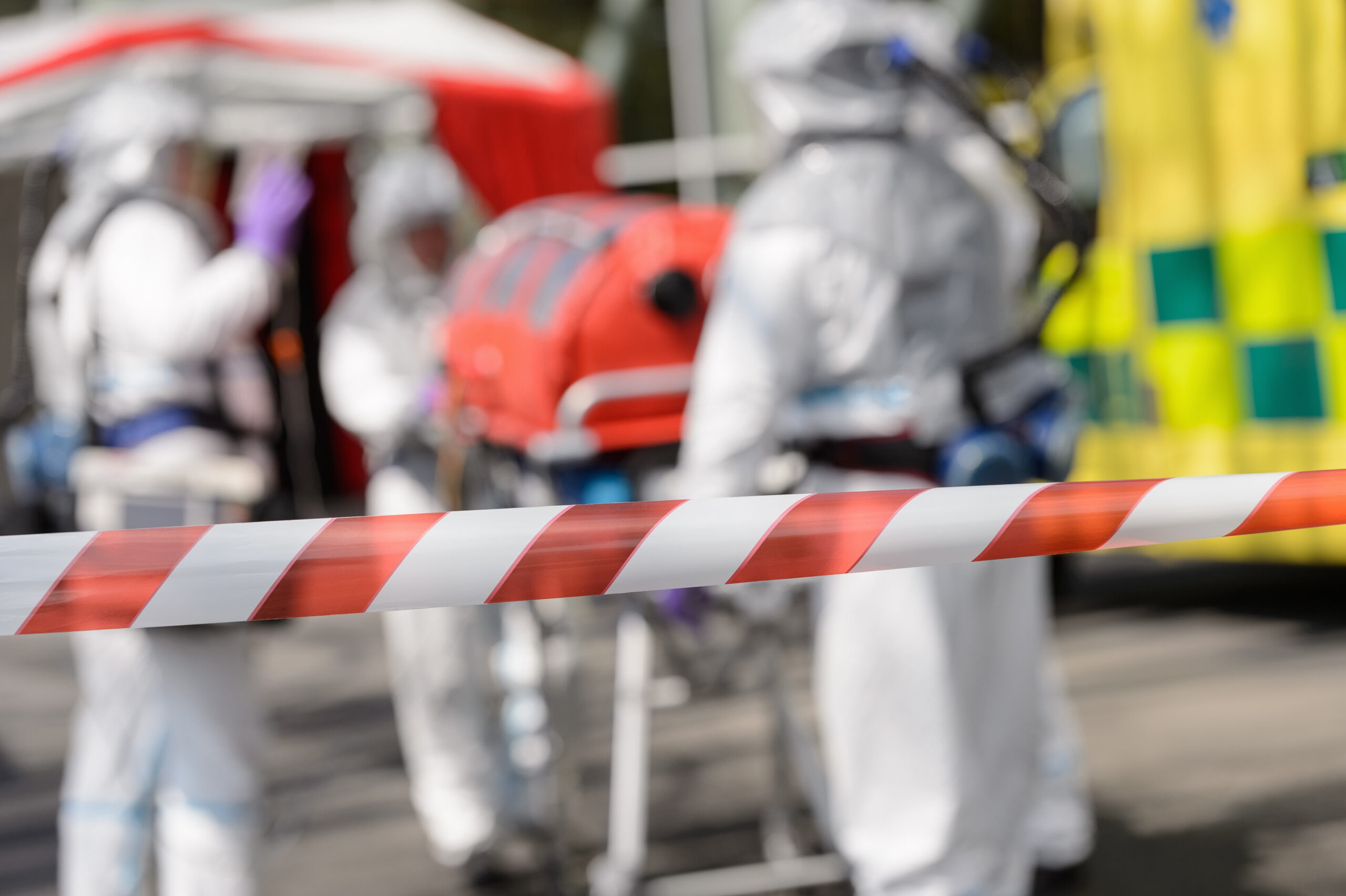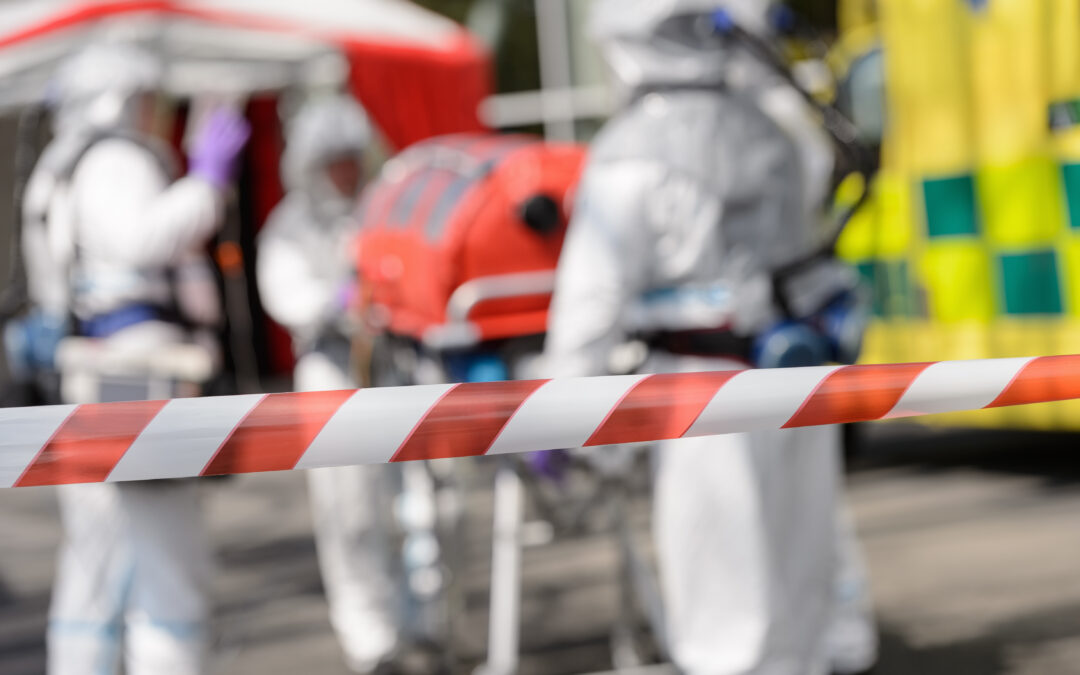When disaster strikes, the stakes can be high. Whether it’s a natural calamity like a hurricane or an unexpected event such as a power outage, understanding the risks is your first step toward effective emergency preparedness. Acknowledging what could happen allows you to tailor your readiness efforts accordingly. Research local hazards—earthquakes, floods, wildfires—and assess how they might impact your home and community. This awareness not only equips you with knowledge but also fosters a proactive mindset.
Once you’ve grasped potential threats, it’s time to create a comprehensive emergency plan. This blueprint should map out what actions to take in various scenarios. Consider where you would go if you needed to evacuate and identify safe routes out of town. Designate a meeting point for family members in case you’re separated. It’s essential that everyone understands their roles; assign tasks based on age and capability so that each person knows what to do when the time comes. Document your plan clearly and ensure that every family member has access to it—this could save precious moments during a crisis.

Next comes the creation of an essential emergency kit, which serves as your lifeline when chaos unfolds. Start by gathering non-perishable food items such as canned goods and granola bars, enough to sustain each household member for at least three days. Don’t forget about water—aim for one gallon per person daily! Include medications, important documents (like IDs and insurance papers), first aid supplies, flashlights with extra batteries, and tools for communication like a battery-operated radio. Personalize this kit according to your family’s specific needs; toddlers may require diapers while elderly family members may need additional medical supplies.
In our fast-paced world inundated with information, staying informed is crucial during emergencies; hence effective communication plays a vital role in preparedness. Sign up for local alerts regarding weather updates or safety announcements from government agencies via smartphone apps or text messages. Establish group chats within your community or family networks so that everyone remains connected during crises—this can facilitate quick decision-making and resource sharing.
Lastly, practicing preparedness through drills ensures that everyone is ready when disaster strikes unexpectedly. Conduct fire drills at home or practice evacuation routes regularly—familiarity breeds confidence! You can even simulate other scenarios: What would you do in case of an earthquake? How would you respond if faced with severe flooding? Engage all family members in these exercises so they feel empowered rather than anxious about what lies ahead.
Emergency preparedness isn’t just about gathering supplies; it’s about cultivating resilience amid uncertainty. Equip yourself with knowledge about potential risks while crafting solid plans tailored to those situations—it transforms fear into readiness! As daunting as it might seem initially, taking small steps consistently will make all the difference when facing unforeseen challenges down the line.
Thank you for reading this post, don't forget to subscribe NOW for FREE!
So remember: Be prepared—not scared! Embrace this roadmap towards emergency readiness today!






